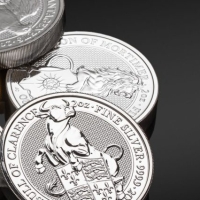The 12P/Pons-Brooks comet is heading towards the Earth. It's still a telescope object for now, but if you have a little patience, you might be able to spot it with the naked eye in April 2024.
(...) 12P/Pons–Brooks is a Halley-type short-period comet with an orbital period of 71 years. The comet was officially discovered in July 1812 by a French astronomer Jean-Louis Pons. Then it was accidentally re-discovered in 1883 by an American astronomer William Brooks, which led to its combined name. However, even before that, the Chinese had known about the comet as far back as the 1300s.
Pons-Brooks is a cold volcano soaring through space. It's an active cryovolcanic comet with a robust nucleus that can undergo violent explosions and release what scientists call “cryomagma,” consisting of substances like water, ammonia, or methane.
The comet's last perihelion, the point in its orbit closest to the Sun, occurred on May 22, 1954. Luckily, we won't have to wait too long to see it again, as the next perihelion is expected to happen on April 21, 2024.










